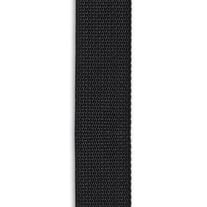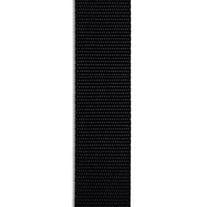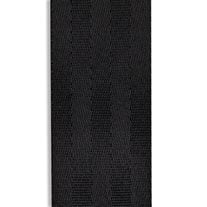Bag Strap Webbing
Bag Strap Webbing For Backpacks, Outdoor Gear and More.Create strong, sturdy straps and belting with Bag Strap Webbing from WAWAK. Webbing is a flat, tightly woven material with superior durability and strength ideal for straps. It’s a great choice for items where a strap or strip of fabric needs to be able to bear weight or tension: items like backpacks, totes, luggage, pet collars and leashes, lanyards, and more. Bag Strap Webbing is available in three materials. Polypropylene Webbing is an economical option, with a smooth feel, water-resistance, colorfastness, and two available weights. Cotton Webbing has a more natural, less shiny texture and can be dyed. Nylon is the strongest webbing material, and is available in two styles for sturdy nylon straps. No matter which style your project requires, we offer strong, durable webbing straps for bags of all styles. Shop Bag Strap Webbing here to find a strong match for your project. |
Frequently Asked Questions About Strap Webbing
What Is Webbing?Webbing is a strong, tightly woven strip of fabric used to make bag straps, handles, and more. Its tight weave makes this material very strong and durable.
Which Webbing Material Should I Use For Bag Straps?Each webbing material offers its own advantages. Polypropylene webbing is versatile, strong, colorfast, and economical–a great choice for everyday bag projects like tote bags and backpacks. Nylon webbing is the strongest option, also known for its smooth, shiny appearance. It’s often used for larger items like luggage because of its strength and items like crossbody bags, fanny packs, and backpacks for a more high-end look. Cotton webbing is not as strong as the other styles, but it offers a more natural look, a softer feel against the skin, and the ability to dye the material. It’s a great option for everyday bag projects with a more natural look and pairs well with woven materials like canvas. How Do You Finish Cut Webbing?Any webbing style can be finished with stitching, but webbings made of synthetic materials can also be finished using heat. When gently heated or cut with a heated cutting tool, the cut end of Polypropylene or Nylon webbing will melt, sealing off the fibers and preventing fraying. Cotton Webbing will not melt when heated, so it should be finished using a zigzag stitch, folding and stitching, Fray Check, or some combination of these techniques. No matter which webbing you use, be sure to finish off the ends after cutting, as webbing will fray and can even unravel when cut. |






